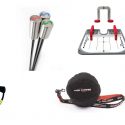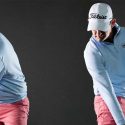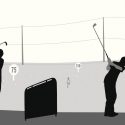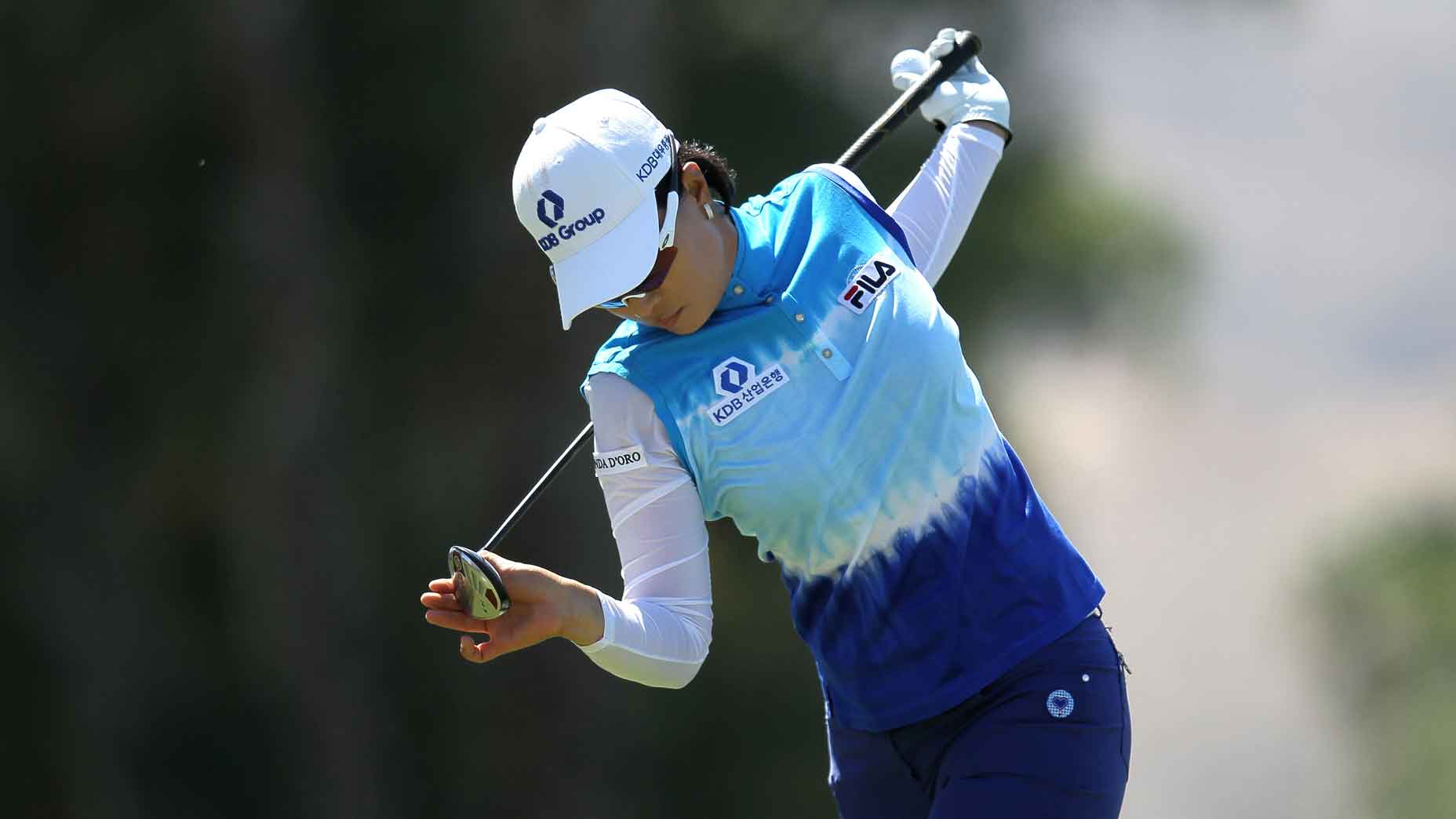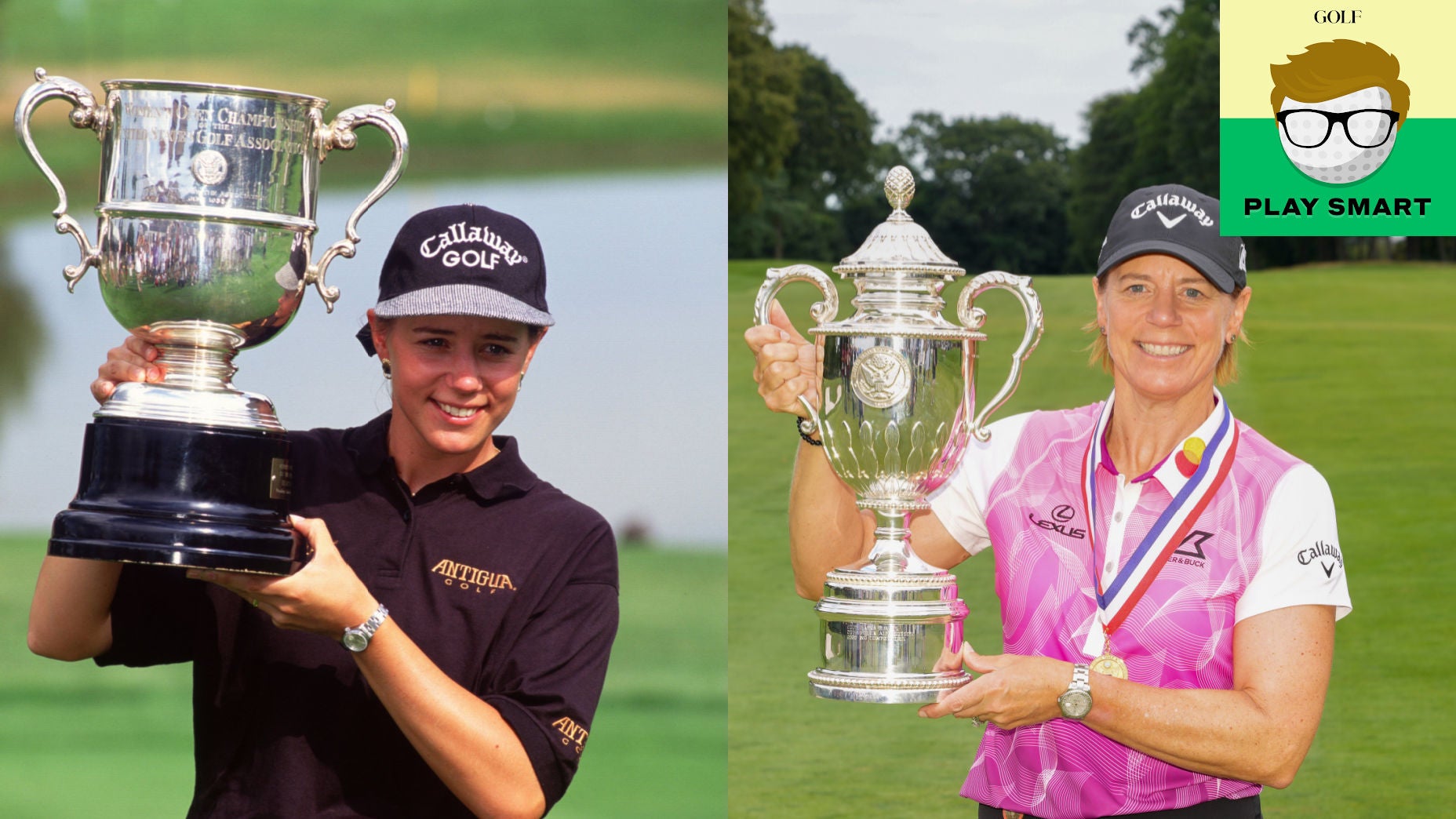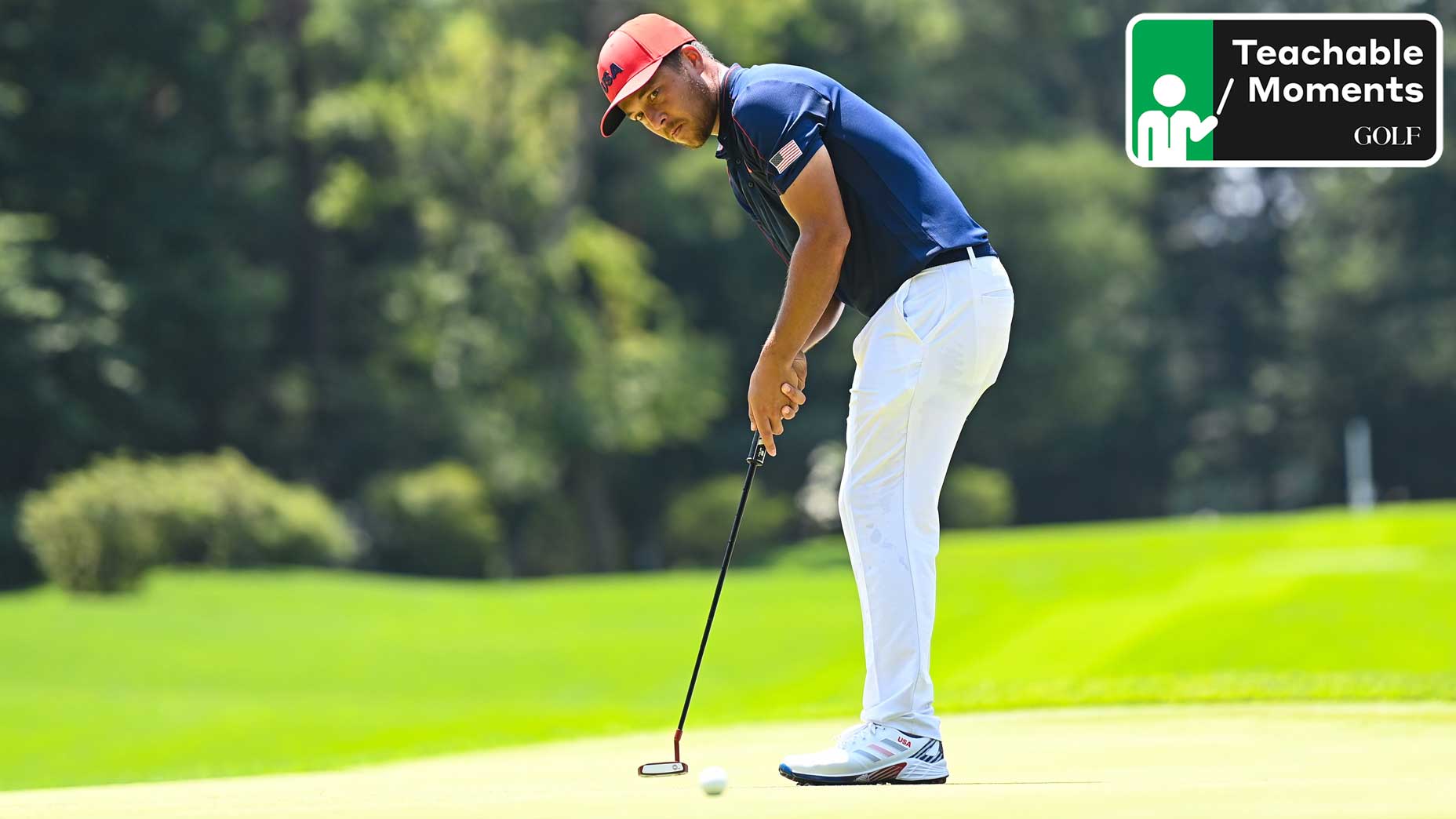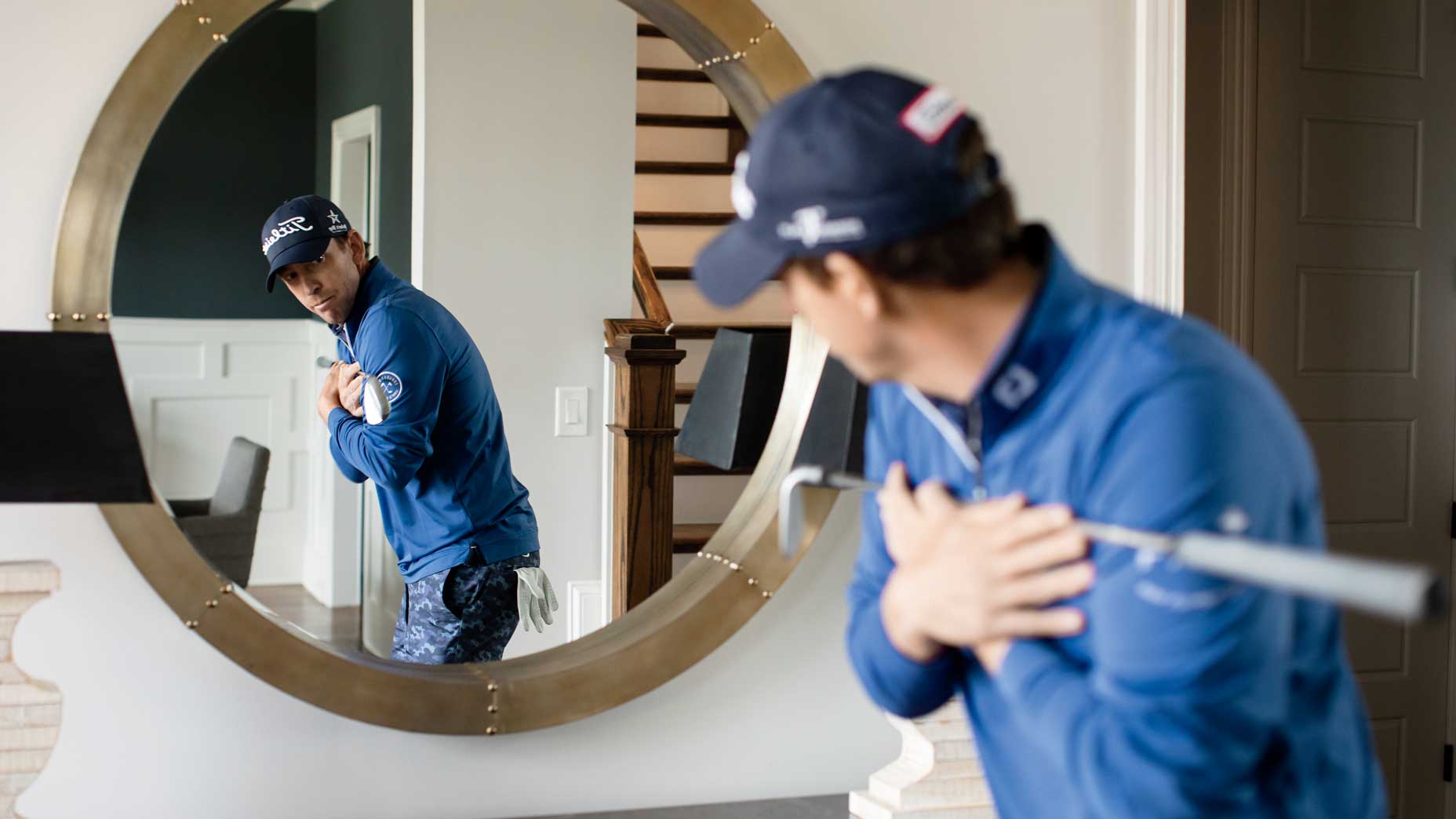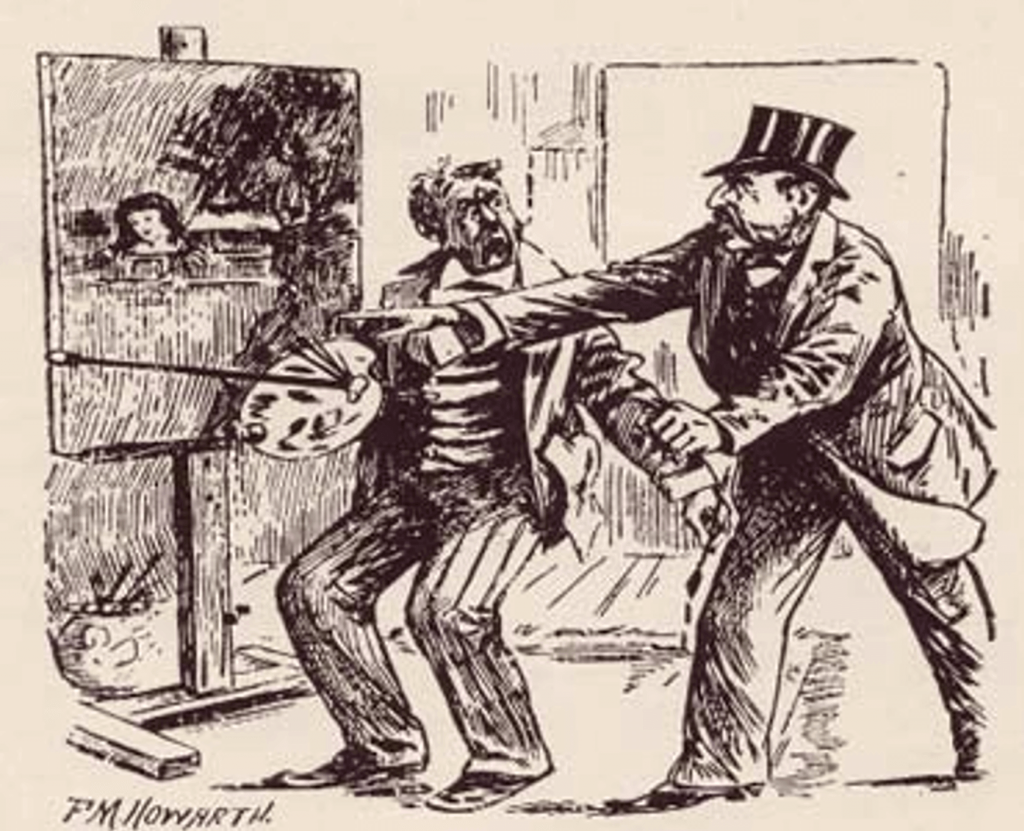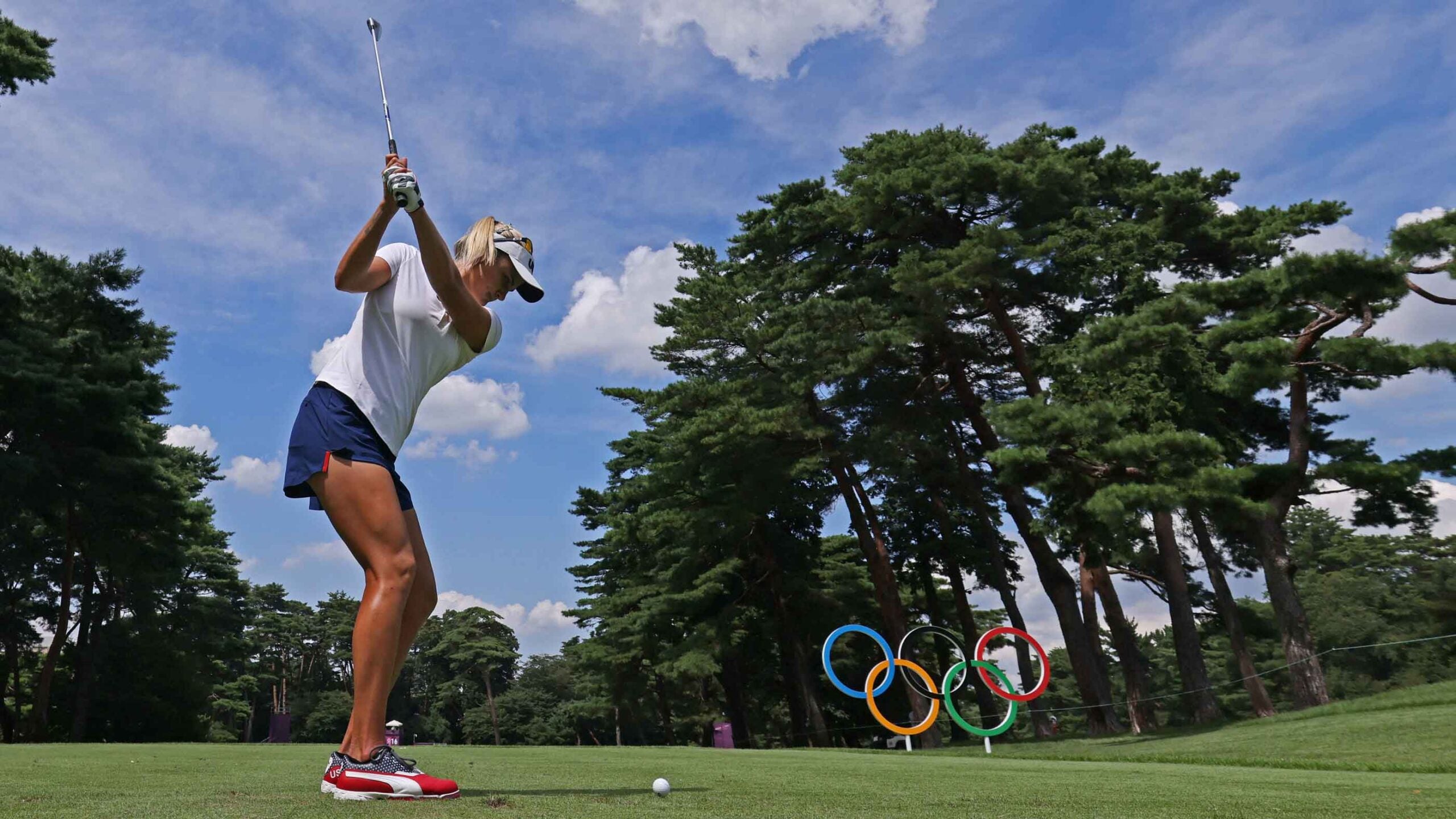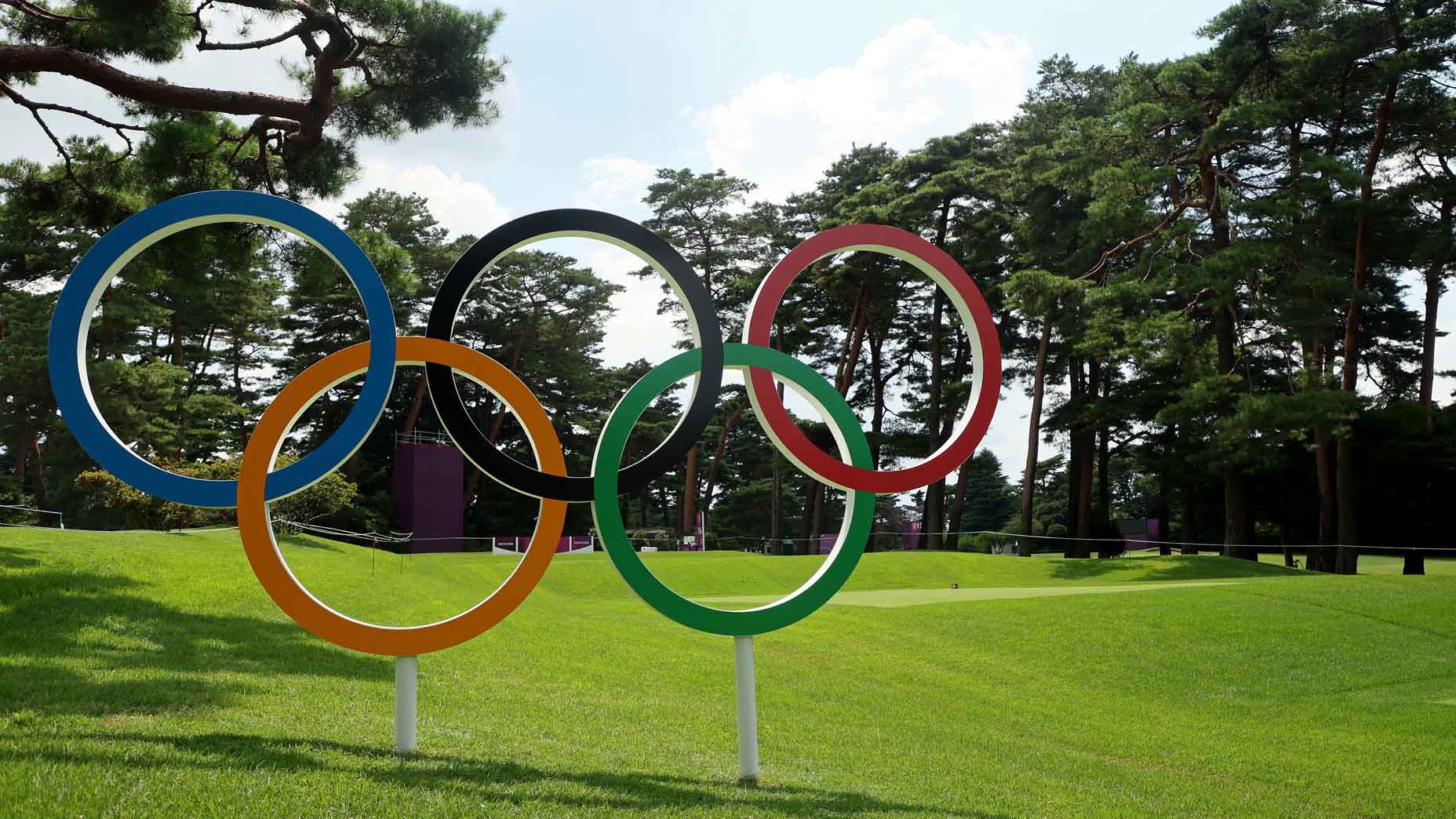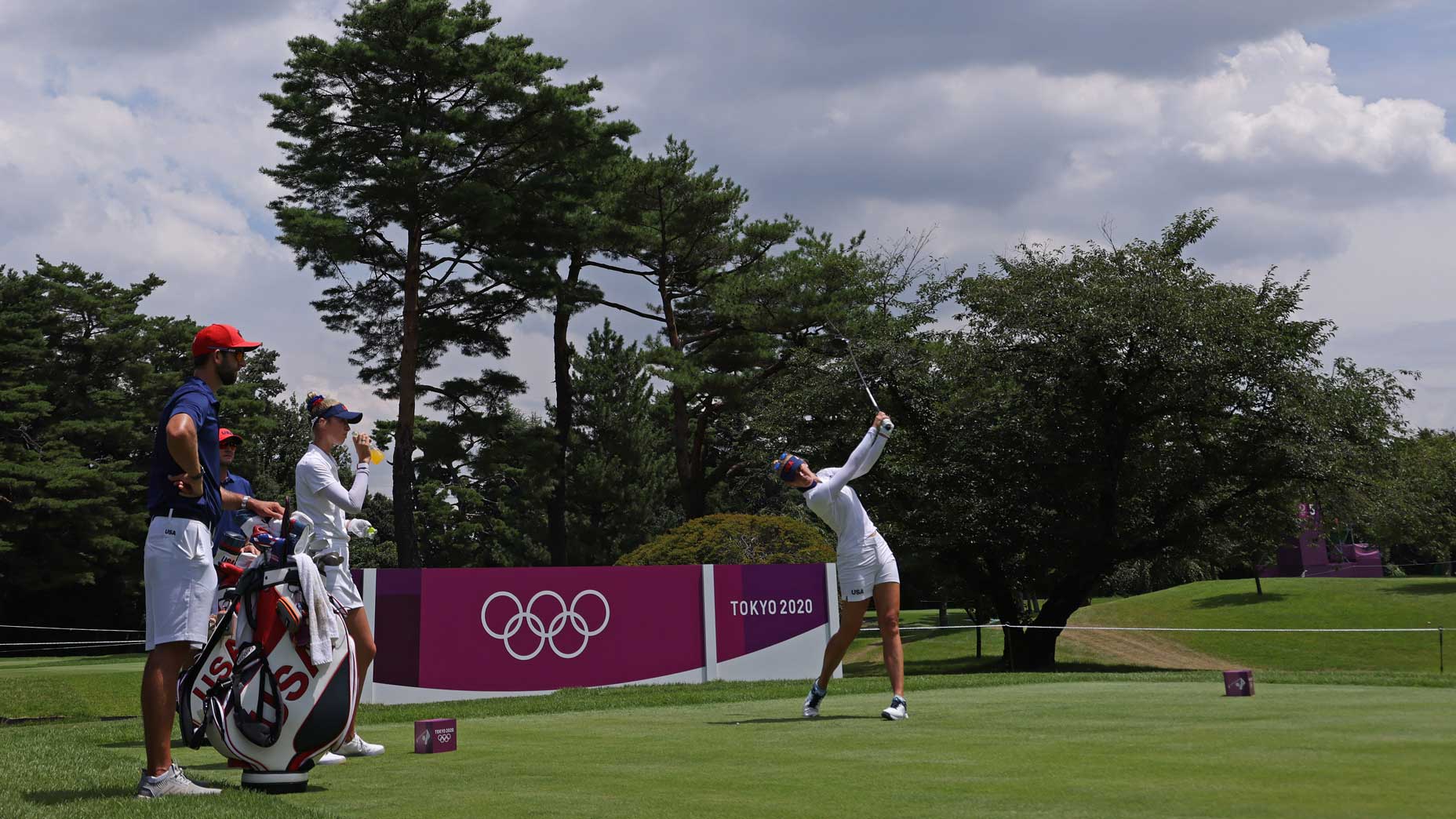The 10 worst habits golfers have when they practice
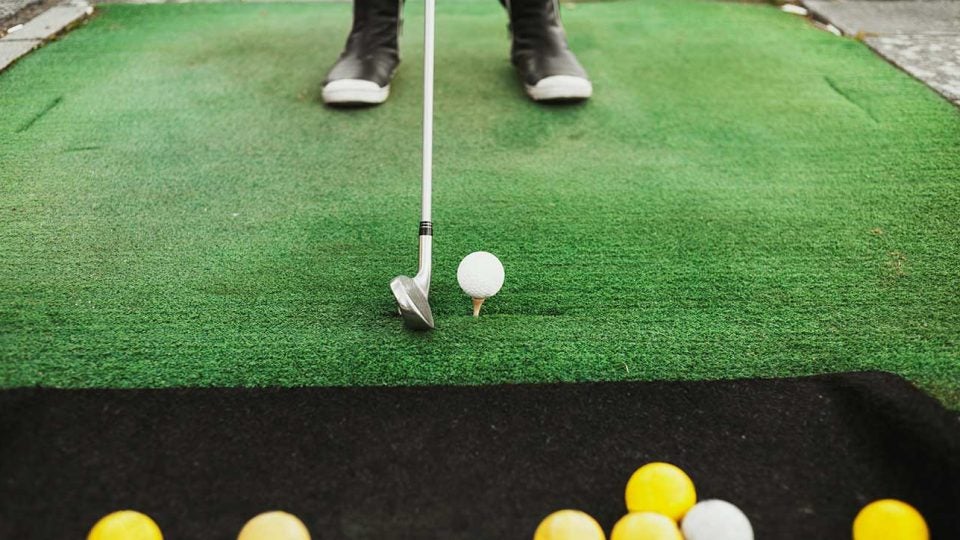
I’ve recently spent some extra time watching my members and students warm up before they play and practice. It is so interesting to see how some are being efficient with their time while others, to be honest, are probably making themselves worse.
The good news is you don’t necessarily have to have huge chunks of time to improve your game, you just have to be a bit smarter and more calculated.
Here are some of the bad habits I often see on the driving range.
1. No Practice Swings
While everyone is different and some golfers will go through full stretching routines, I think at a minimum you should take a few swings with your club or chosen warm up aid to loosen the body before adding a golf ball. The hitting instinct can make golfers swing harder than they realize and better safe than sorry.
2. Starting With A Full Swing
I often compare starting with a full swing like running before you walk. It can be really helpful to start with a less than full swing with a club with bounce (lob, sand and gap wedges have rounded bottoms that are less likely to dig). Smaller swings are much easier on your body, will help avoid injury and will also help build confidence as smaller swings are typically more consistent.
The reason I suggest most golfers start with a bounce club is because often the first few swings are not to your normal speed and when the club hits the ground, it is more likely to glide than dig and get stuck. I want to reinforce that hitting the ground is a good thing.
3. Not Hitting The Ground With Their Practice Swing
Especially with my ladies, often they don’t hit the ground when taking practice swings. I think all practice swings where the ball is on the ground should hit the ground. If you’re not hitting the ground, you are effectively practicing topping or hitting it thin. Make your practice swings real so you can repeat rather than recreate.
A practice swing can also be an opportunity to exaggerate what you are trying to adjust. You will often see professionals making very exaggerated motions in the effort to make adjustments to their own swing.
4. Not Aiming At A Target
I often see golfers hitting randomly toward the range and not to a target. If I am with a student I watch this very carefully. It’s common for one to ask, “Why did it go way over there?” My most common answer is… you guessed it, “You aimed there.” It can be extremely helpful to have a target so that you learn to aim properly by looking at your target during your setup to see what it does look like when you do aim properly.
5. No Alignment Aids
If you are practicing without a teacher who can watch this for you, it is really important to have some type of alignment aid to be sure you are aiming relative to your target. Time practicing, where you might aim improperly, will often result in another compensating error to get the ball to go to the target you “think” you are aiming toward.
You can apply this to both your full swing and all areas of your short game. With a full swing it can be as simple as using an alignment rod to check club face alignment as well as ball position. For putting it is particularly important on short putts to learn to aim the face well, and there are many training aids out there to help you do this. While at the U.S. Open this past year, it was interesting to see how many PGA Tour players were using alignment stations for putting to be sure to aim their putter faces well.
6. Practicing Without Feedback
Other than what your golf ball may be telling you, it can be productive to practice with feedback to let you know if you are practicing properly. For example, if you tend not to hit your golf ball in the center of the clubface, you could use powder spray on the face to see where impact occurs, or have two tees on either side of the golf ball to see that your club passes through and centered contact is happening. I practiced this last week with one of my students with a pencil. Her arms were contracting on her forward swing and she was hitting the ball on the toe of her wedge. I took a pencil out of my bag and placed it on the ground on her side of the golf ball and told her to miss the pencil. This was instant feedback and something she could do if I wasn’t there with her.
7. Not Having A Swing Thought
On the fun but rare occasion that you are hitting the ball perfectly time after time, just enjoy. But more often than not, most of us mortals have something in our swing we are trying to improve. By having particular goals for your practice and sticking to that topic, you will improve over time. For example, let’s say you have three things you are working on in your swing. If each time you went to practice you divided your practice time into thirds and worked on each for a third of your time, you would improve. Things like adjusting your grip to keep from slicing, for example. When you are working on this fundamental it should be the only one you are judging. Staying focused on a singular task over time will lead to improvement versus not focusing and basically just exercising.
8. Not Learning How YOUR Golf Swing Works
One of the true skills of great instructors is the ability to identify the most basic fundamental being violated that will often fix other issues as a result. Many golfers try to fix themselves and basically just guess how to improve their ball flight, often times without the success. Over time, a golfer can make themselves better with a compensating error, as two wrongs can make a right in golf. The downside to this is that it most likely will not hold up under pressure.
I am a bit vigilant with my students understanding their own cause and effect. I will ask them questions to help them identify the miss and the proper correction, and this allows them to improve themselves as they go. While you may or may not have access to private instruction, there are some affordable golf clinics as well as online platforms that will allow you to take the path of least resistance, fix your fundamentals and better understand your own swing.
9. Using The Same Clubs
When I ask a new student what clubs they normally use to warm up, they tend to use the same clubs each time and this often leads to being more comfortable on the course with these clubs. I suggest odd numbers one time and even the next. For example, one day might be sand wedge, 9-iron, 7-iron, 5-iron or hybrid, 5-wood, driver and the next gap wedge, 8-iron, 6-iron, 4-hybrid, 3-wood and driver. This will allow you to be comfortable with all of your clubs.
10. Not Having A Practice Goal
Often times practice is just random and once you move past skill development, it can be very helpful to add pressure situations like you would experience while on the course to make your practice time more real and help it to transfer to better results while playing.
An example of this that I used with one of my students last week to teach him to better control his distance in putting was to move around the putting green and try to roll his first putt closer to the hole than the length of his putter 18 times in a row. If he was outside of that length, he needed to start over. This helped him to replicate the situations he would have when playing and also apply some pressure later in the exercise, when he probably didn’t want to start all over again.
You may be a golfer who likes to practice, or one who doesn’t, but you certainly can learn from the mistakes made by others. The time that you do spend should be productive and focused and also help to avoid injury.
Better practice leads to better play and lower scores ,and it certainly is a lot more fun to play good golf.
To receive GOLF’s all-new newsletters, subscribe for free here.


